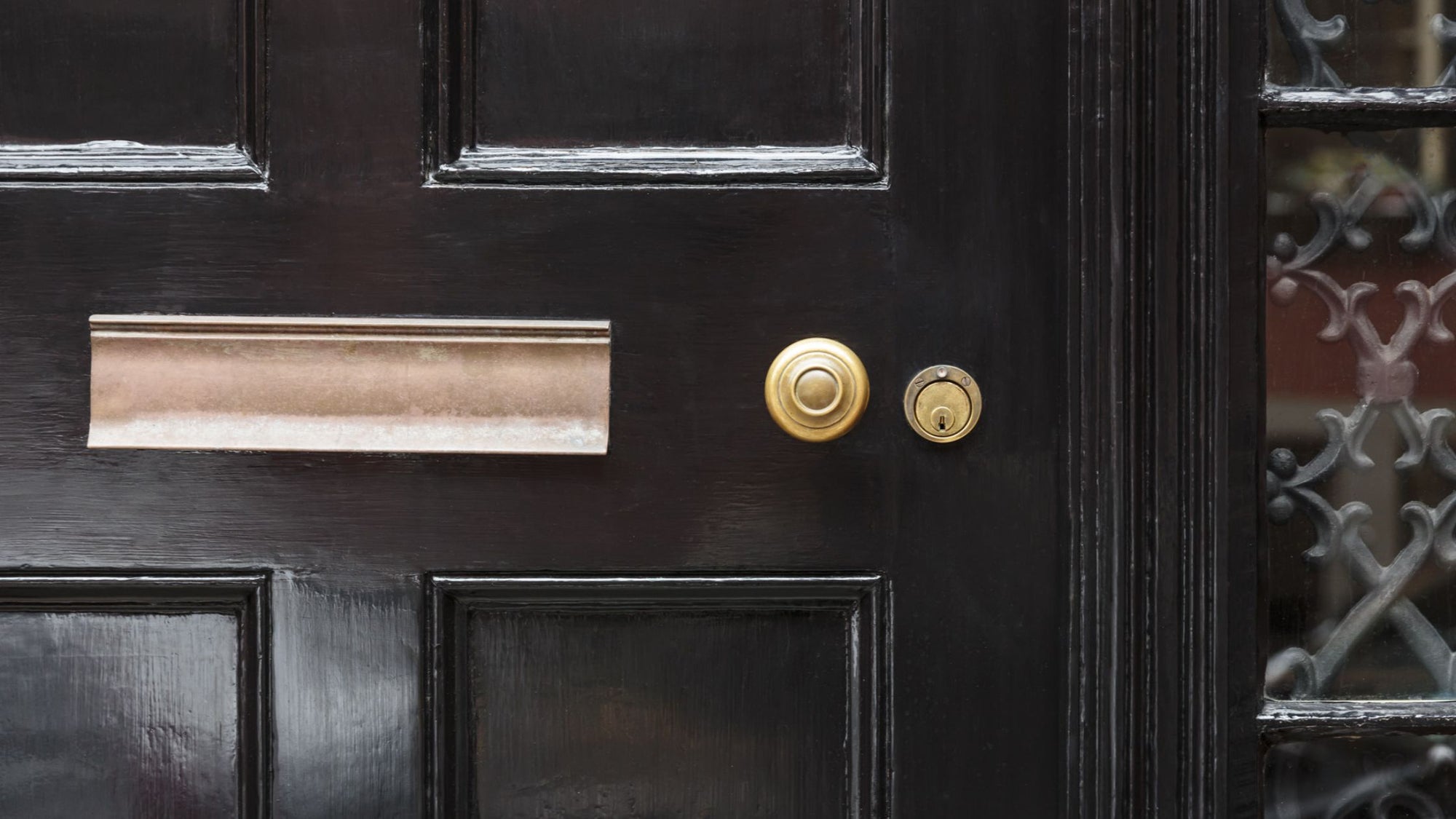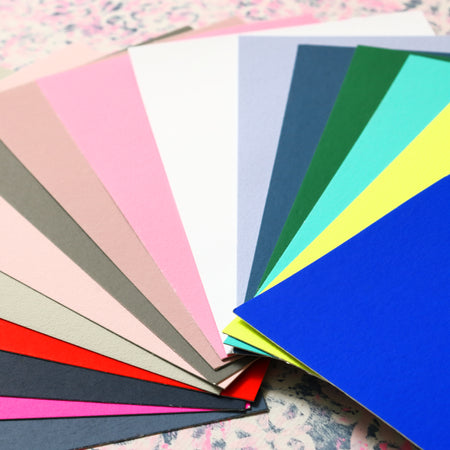Painting Front Doors

So you’ve painted every room in the house, and it is time to turn your attention to the exterior. Here we talk about painting front doors, a way you can really stamp your personality on your home.
What is the best type of paint to use when painting front doors?
Our Supreme Gloss Paint and No Seal Chalk Paint are perfect for painting front doors and will give a hard-wearing finish that will withstand all weathers, the only difference is the sheen level.
What is the best way to test the colour beforehand?
Similarly to testing a colour indoors, we recommend using a colour swatch to pin to the door so you can see the colour at different times of the day as the light changes. You can also try a sample tin to try out a colour/finish.
What colours work best on different coloured/different period houses? What needs to be taken into consideration?
Consider other front doors down your road: although it is great to pick a stand out colour that you like, if you live on a street with traditional period homes, it might just look gaudy and could possibly lower the sale price of your home.
A shiny black door, such as Victorian Black, with a white exterior is a timeless combination that will turn heads. However, bright colours such as Sunflower (yellow), Rainforest (primary green) and Valentine (primary red) will also work well and give a cheery, friendly welcome to visitors.
A blue-black such as our popular Nightfall, looks superb on a traditional red brick home, as will a true black such as our Victorian Black, a racing green such as Brooklands and a slightly darker red such as Dante’s Dream.
Darker greys or charcoals such as Cloudburst and Midnight from our No Seal Chalk Paint range will give a modern matt finish to contemporary style front doors that oozes sophistication.
We are seeing a trend for lighter shades such as Yorkshire Stone (cream/grey), Pearl (white/grey), Tower Bridge (pale grey) and Verdant (a laurel green) which look fabulous against brickwork on modern, traditional and seaside homes, alongside more modern shades such as Albert Bridge (light-mid pink).
Any surprising colours that work well on front doors that are often ignored? Why do they work well?
Dark oranges such as Deep Saffron will certainly draw attention to your home, it is a friendly colour that works well on both brick and rendered homes. This colour works well because it will blend in with other naturally occurring colours around it, such as paving, brick and woodwork.
Royal Purple, which is a deep purple, gives an aura of opulence. Purple works extremely well against a crisp white or a soft grey home for a modern, yet classic look. Purple door looks equally at home on a Victorian house when paired with gold or silver hardware.
A bright yellow/green such as Citron screams energy and fun, whilst it will not really work on a more traditional home, it can look fabulous on a south facing white home.
Can a bricked frontage get away with any colour door?
Neutral tones such as taupe, creams, white and greys work well with all homes as they blend into, rather than fight, the colour of brick. The downside of picking neutral tones for your front door is that your house will not stand out in your street.
You can put most colours on your front door with a red brick house. However, rich colours such as a dark green (Brooklands), dark grey (Cloudburst or Midnight) or blue/black (Nightfall) work particularly well as these colours contrast against the red brick beautifully.
Lighter tone bricks, such as Yorkshire Stone, work particularly well with lighter tones of colours for subtle contrast and a more modern feel. Verdant (a laurel green), Dove or Tower Bridge (both pale greys) and Harewood (light blue/green) will look superb against these bricks.
Practical considerations when it comes to actual painting, ie. Type of paintbrush, how many coats, common mishaps, do you have to remove all the hardware to paint?
Key Points
- A good, long lasting finish is all in the preparation and painting front doors is no different.
- Try and buy the same brand paint and primer as these will work well together.
- Avoid runs and sagging of paint by not overloading your paint brush.
- Ensure your door has dried properly before refitting and closing otherwise the quality of finish may be affected and the door might stick to the door surround.
- If using water-based paints over oil based paints, ensure you prepare the surface properly with a good sand down, clean and primer coat prior to painting.
- Pick a day to paint the paint where the weather condition is stable, extreme temperatures, rain and wind can all affect how the paint dries and the finish of your door. If possible, remove the door and paint somewhere sheltered, such as inside a garage.
Preparation
- Far easier to remove all hardware prior to painting, if you don’t want to remove it or cannot remove it you should cover it with masking tape to prevent accidentally painting it. Removing hardware will give you a chance to clean and polish it, remember to place all screws and removed hardware together in a sealed container or bag so that none are lost.
- Protect any windows from paint with masking tape, you could cover entire window with paper taped in place if you wish.
- Always clean the door thoroughly beforehand with a simple sugar soap solution and rinse with clean water, allowing to dry before painting.
- If there is any loose flakes, bubbling of paint or previous runs scrape or sand these off and wash down door again, foregoing this step will result in a finish that is full of bumps and a topcoat may start to peel after a short period of time.
- Older doors may need cracks or holes filling with a wood filler prior to cleaning and painting.
- Sanding down the door will help the new paint adhere and ensure a flat finish.
- Use a good quality primer, give it a light sand once dry to ensure flat before finishing with your topcoat.
Painting
- Use a good quality flat synthetic brush in the direction of woodgrain, a sash brush will allow you to get into corners. Some find it easier to use a small foam roller on the flat surfaces.
- Usually one coat of primer, followed by two coats of topcoat is enough for a front door to give a lovely long-lasting finish.



